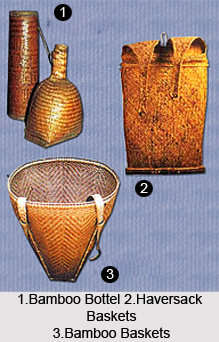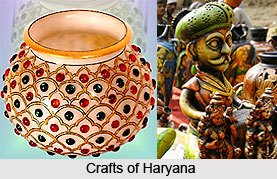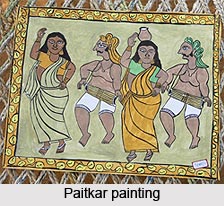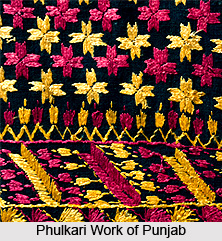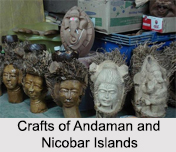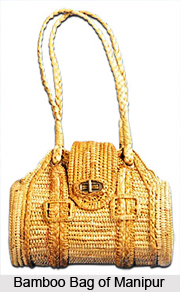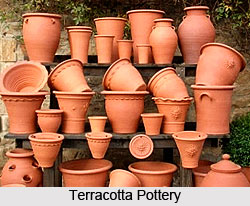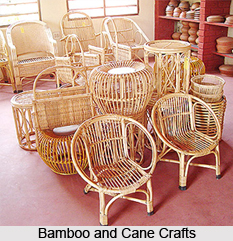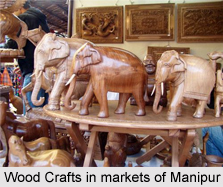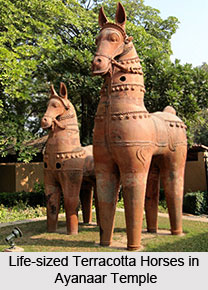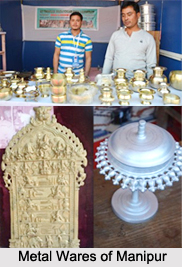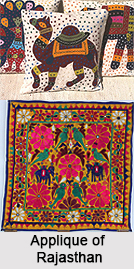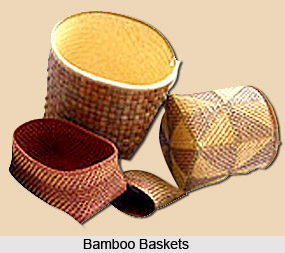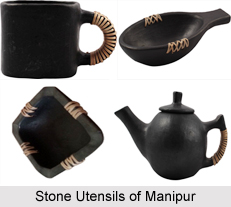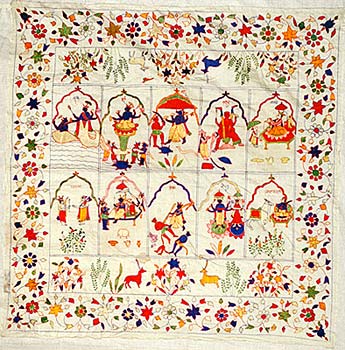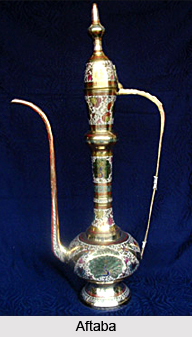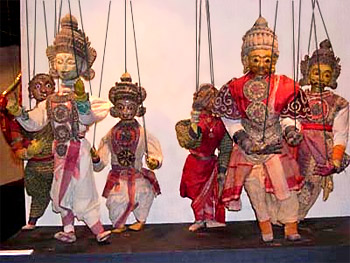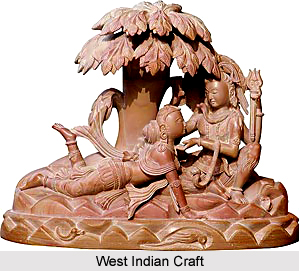 Woodcraft of west India is carried through long traditions and they mainly concentrate on wooden block making. Woodwork like other handicrafts has a long drawn old tradition in Kutch and this craft includes woodcarving and wooden block making.
Woodcraft of west India is carried through long traditions and they mainly concentrate on wooden block making. Woodwork like other handicrafts has a long drawn old tradition in Kutch and this craft includes woodcarving and wooden block making.
Woodcarving, practiced in Kutch uses maximum of teak wood and local babul for middle relief carving at Ludia, Dumado, and Dhordo. The geometrical and floral motifs used in carving very minute designs show the high skill of the craftsmen in west India. Bedposts, cradles, book ends, swings chapati rollers, valan, and pestles are the main objects carved out of wood.
Wooden block required by the hand block printers are carved as blocks (from 1/2 "- 3") and the surface is made smooth. Chalk and gum are applied to the surface which forms a thin layer on the surface of the block. Then the design is transferred on the block by the pinprick method. Following the outline of the design the portions, which form the background, are chiselled out. Then the raised surface is polished. This makes the outline of the block. Then, filling blocks are carved and thereafter, handles are fixed. Dhamanka and Dahisara are the two main wooden block-making areas.
 All kinds of wooden crafts are available in Rajasthan. The visitors can either opt for the majestic wooden furniture or for the small but intricately carved showpieces. The use of wooden furniture dates back to the tradition of the mighty Rajputs. Souvenirs are also carved out of sandalwood. Statues of gods and goddesses are also common in the wooden crafts. Rajasthan is well known for decorative objects that are made from locally obtained wood and for carved items like cabinets, screens, chairs, tables and almirahs. The availability of wooden puppets is abundant in Rajasthan, which even takes pride in puppetry shows.
All kinds of wooden crafts are available in Rajasthan. The visitors can either opt for the majestic wooden furniture or for the small but intricately carved showpieces. The use of wooden furniture dates back to the tradition of the mighty Rajputs. Souvenirs are also carved out of sandalwood. Statues of gods and goddesses are also common in the wooden crafts. Rajasthan is well known for decorative objects that are made from locally obtained wood and for carved items like cabinets, screens, chairs, tables and almirahs. The availability of wooden puppets is abundant in Rajasthan, which even takes pride in puppetry shows.
The history of Gujarati wooden furniture is related to the Mughals who were known as great patrons of art. Gujarati woodcrafts include candleholders, wooden fruit, tray-cum-side table, nut and salad bowls, dcorative tableware, soups bowl and range of cutlery.
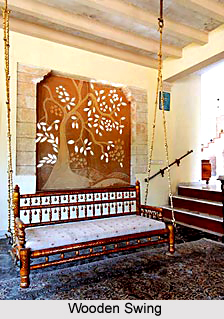 Wood-sometimes plain often painted is used to make everything from furniture to artefacts. While the furniture ranges from the traditional ones to contemporary designs as well. The contemporary variants of Gujarati wooden furniture include chairs with painted backs, camel-hide stools, and marble-top tables and carved cabinets. Artefacts include a range of animals -horses, elephants, parrots- that are beautifully painted as well as the boxes; chests snuff boxes and other fascinating figurines including dancing figurines and dwarpals or guardians of the doors.
Wood-sometimes plain often painted is used to make everything from furniture to artefacts. While the furniture ranges from the traditional ones to contemporary designs as well. The contemporary variants of Gujarati wooden furniture include chairs with painted backs, camel-hide stools, and marble-top tables and carved cabinets. Artefacts include a range of animals -horses, elephants, parrots- that are beautifully painted as well as the boxes; chests snuff boxes and other fascinating figurines including dancing figurines and dwarpals or guardians of the doors.
Woodcraft in Gujarat exhibits the traditional art of amazingly beautiful wooden handicrafts. These woodcrafts are used both for functional as well as architectural purposes. The woodcraft in Gujarat is primarily derived from the wood of hardy trees like sal, teak, sheesham, deodar, redwood, rosewood, red cedar and ebony. In recent times, the state of Gujarat is known for the wooden swings, which are very common in the prosperous household in the urban areas. Wood was never a locally available thing for the Gujaratis. Woodcraft in Gujarat is made of woods procured from distant areas. The palaces in Gujarat are beautifully festooned with jharokhas and majestic havelis of hard wood and are the signatures of the woodcraft in Gujarat.
The districts of Saurashtra and Vadodara are popular for their wooden work. The items include parts of bedstead, toys, low stools and chairs. The seats of these chairs are in a mesh of ropes or leather. These are brightly coloured, with smooth and glossy exterior. Among the woodcraft in Gujarat special mention should be made of Surat. The craftsmen here use various materials along with wood such as ivory, ebony, sandalwood and metals of different textures and colours along with the wood. These things are turned into strips ultimately to impart the shapes of triangles, square and circles and are often pasted with gum to give a look of geometrical pattern.
Amongst the various woodcraft of west India, specialty lies with the furniture of Sankeda, Surat, Kutch and Saurashtra that have got worldwide reputation for their designs and styles. They elaborate the traditional aesthetic sense of the Gujarati craftsmen. They work for days and months to make a single piece of such a craft with their own hands that is an exclusive and unique piece.
